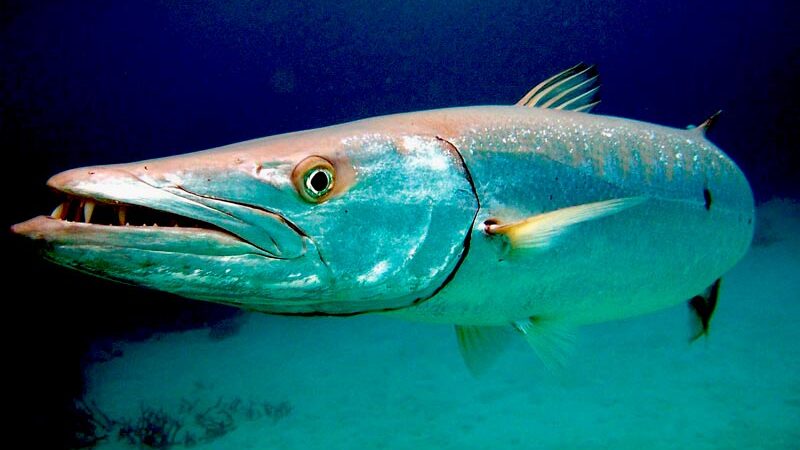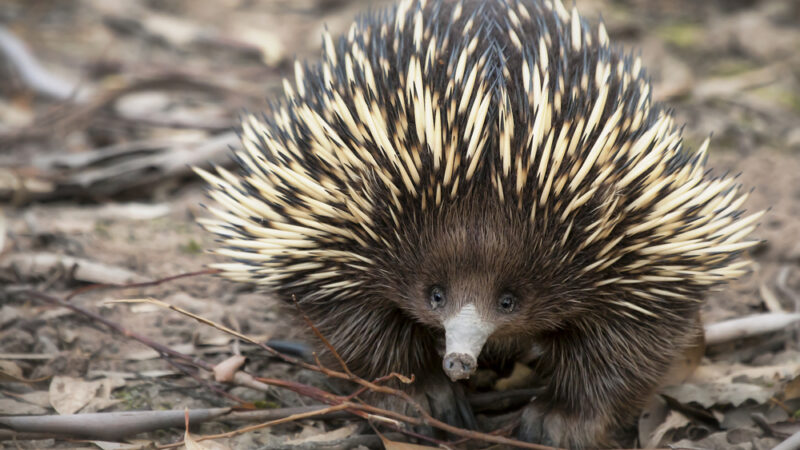Basking Shark
Shelter for Animal | Basking Sharks | Cetorhinus maximus is one of the great white sharks closest relatives it is larger heavier and has a bigger jaw than its famous cousin but instead of traveling, the world terrorizing seals it prefers the simple life it swims around with its mouth open eating plankton and catching, some rays sun rays.
Basking shark facts
Basking sharks are real-life leviathans and they’re the second-largest sharks in the world older adults can reach lengths of over ten meters. The largest basking shark ever caught was 12 meters long and completely shattered the scale at a whopping 16 tons that’s about three African elephants combined. Unfortunately, very few specimens get that big anymore due to overfishing by the shark fin industry.
Basking sharks look a lot like great whites this is how you can tell them apart. Basking sharks have a long conical snout their scientific name Seto Rhine s Maximus means the greatest marine monster with a big nose their mouths are huge and open much wider than great white their teeth are much smaller at just a few millimeters long.
Basking shark adaptations
The basking shark is also the only shark that has gigantic gills that almost encircle its head. This combination of giant mouth and huge gills is an adaptation for life as a filter feeder the feeding strategy of these sharks consists of swimming very slowly at about three kilometers an hour and eating microscopic plankton in the water column.
Despite their size they never attempt to hunt larger prey their teeth have become too small for them to be effective predators. They catch some of their prey near the surface and since they’re so slow they look like they’re just chilling in the Sun with their mouths open. This is why they’re called basking sharks.
Perhaps unsurprisingly due to their lifestyle, they have the smallest brains relative to body size among all sharks they just don’t really have all that much to do in their daily lives.
Basking shark food
Basking sharks are Ram feeders that mean that they can’t suck in water but have to swim to push water through their gills an average basking shark can filter over 500 tons of water every hour to catch plankton. They have gill rakers that leave the solid plankton into the stomach as the solid matter approaches the gills.
The gill rakers create a bit of turbulence so that plankton slides over the gills without getting stuck then the water is forced out of the gills. About 75% of their diet consists of zooplankton and to find all this food. They have to travel vast distances basking sharks have been tagged and tracked and they’ve been found to travel thousands of kilometers every season at an incredibly slow speed.
It’s the most boring cruise in the world but there is a fun part of their travels this is the only time.
Basking shark behavior
Basking sharks get to meet other basking sharks sometimes up to a hundred of them at a time and they get all riled up when males are around females. They perform unusual behaviors such as breaching literally jumping out of the water and nibbling females for attention, unfortunately, no mattings have ever been observed but maybe one day.
Basking sharks only have about five pups every two to three years this low fecundity rate makes it harder for them to recover from overfishing.
How many Basking sharks are left?
There are only 10 thousands estimated population of these sharks. Sometimes they’re targeted for their meat fins for soup and liver oil for cosmetics but they’re also caught as bycatch. Basking sharks are currently considered a threatened species and their trade are regulated through the site ease program. Canada just became the first country to ban the importation of shark fins hopefully as more countries follow suit they’ll see their numbers rebound.
Reference: Wikipedia, Britannica









